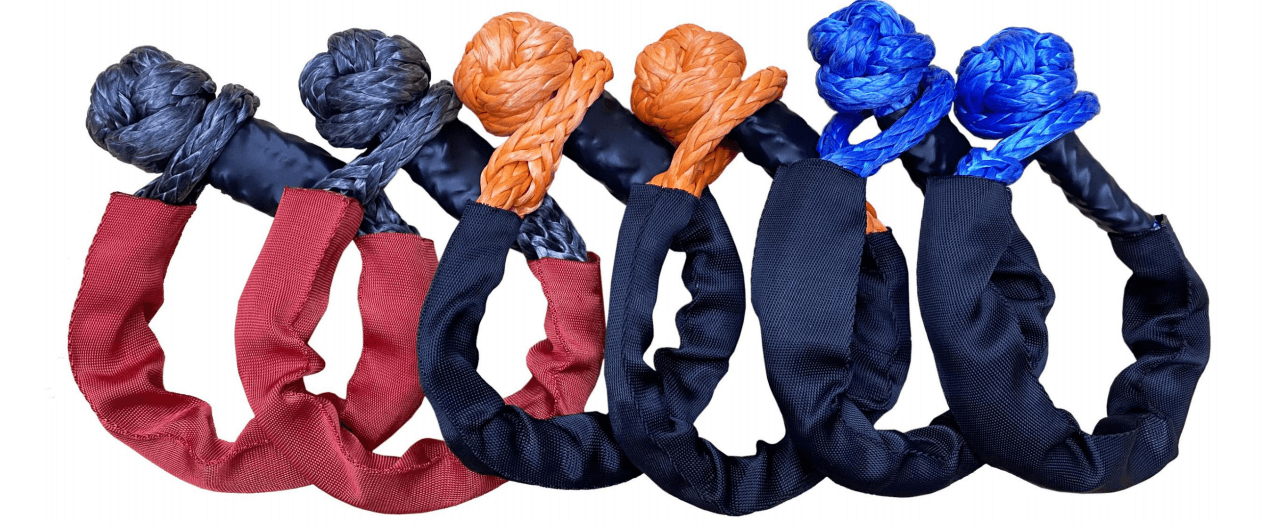Email format error
Email cannot be empty
Email already exists
6-20 characters(letters plus numbers only)
The password is inconsistent
Email format error
Email cannot be empty
Email does not exist
6-20 characters(letters plus numbers only)
The password is inconsistent


When it comes to rigging equipment, the choices can be overwhelming. From shackles to turnbuckles, each piece of hardware has its own unique strengths and weaknesses. In this article, we'll compare the most common types of rigging hardware and provide insight on how to choose the right equipment for your rigging needs.
Shackles are a versatile piece of rigging hardware that come in various shapes and sizes. They are best used for attaching chain, wire rope, or other lifting equipment to a load. Shackles can be made out of different materials, including aluminum, carbon steel, and stainless steel. They can also be fitted with different types of pins, such as screw pins or bolt pins, depending on the job at hand.
Pros: Shackles are strong, versatile, and easy to use. They can be used in a variety of applications and come in a range of sizes to suit any job.
Cons: Scratches and dents can weaken shackles, so it's important to inspect them regularly for damage. Using the wrong size shackle for the job can also compromise safety.
Turnbuckles are used for tightening and adjusting lengths of wire rope or cable. They consist of two threaded rods with two end fittings and a threaded barrel that can be turned to tighten or loosen the assembly. Turnbuckles come in a variety of materials including carbon steel and stainless steel.
Pros: Turnbuckles are versatile and can be used in a variety of applications. They can be adjusted to make sure wire rope or cable is at the correct tension.
Cons: Turnbuckles can be difficult to install and remove and require regular maintenance to prevent corrosion.
Wire rope clips, also known as cable clamps, are used to connect two pieces of wire rope together or form an eye in wire rope. They consist of a U-shaped bolt with a saddle and two nuts. The wire rope is placed over the saddle, the U-bolt is threaded through the two holes, and the nuts are tightened to hold the ensemble in place.
Pros: Wire rope clips provide a strong and secure connection for wire rope. They are easy to use and install and can be used in a range of applications.
Cons: Wire rope clips can weaken the wire rope if not installed correctly or if damaged. They also require regular inspection to ensure they are still in good condition.
Swivels are used to connect two pieces of wire rope or chain together while allowing them to rotate freely. They come in various sizes and can be made out of materials such as stainless steel or titanium.
Pros: Swivels provide a secure and flexible connection between wire rope or chain. They can also help to prevent twisting or kinking in the rope or chain.
Cons: Swivels can be expensive and are not necessary in all applications. They also require regular maintenance and inspection to prevent damage or wear.
When it comes to selecting the right rigging hardware, it's important to consider the specific application and the load being lifted. Each type of hardware has its own unique strengths and weaknesses, so it's important to choose the right equipment for the job.
Some factors to consider when choosing rigging hardware include:
- The weight and size of the load
- The type of material being lifted (e.g. concrete, steel beams, wood)
- The environment in which the lifting is taking place (e.g. indoors, outdoors, wet conditions)
- The specific rigging system being used (e.g. crane, hoist, winch)

In conclusion, selecting the right rigging hardware is critical to the safety and success of any lifting operation. By understanding the strengths and weaknesses of each type of hardware, you can make an informed decision on the best equipment for the job. Remember to always inspect your equipment regularly and follow safe rigging practices to ensure a successful lift every time.